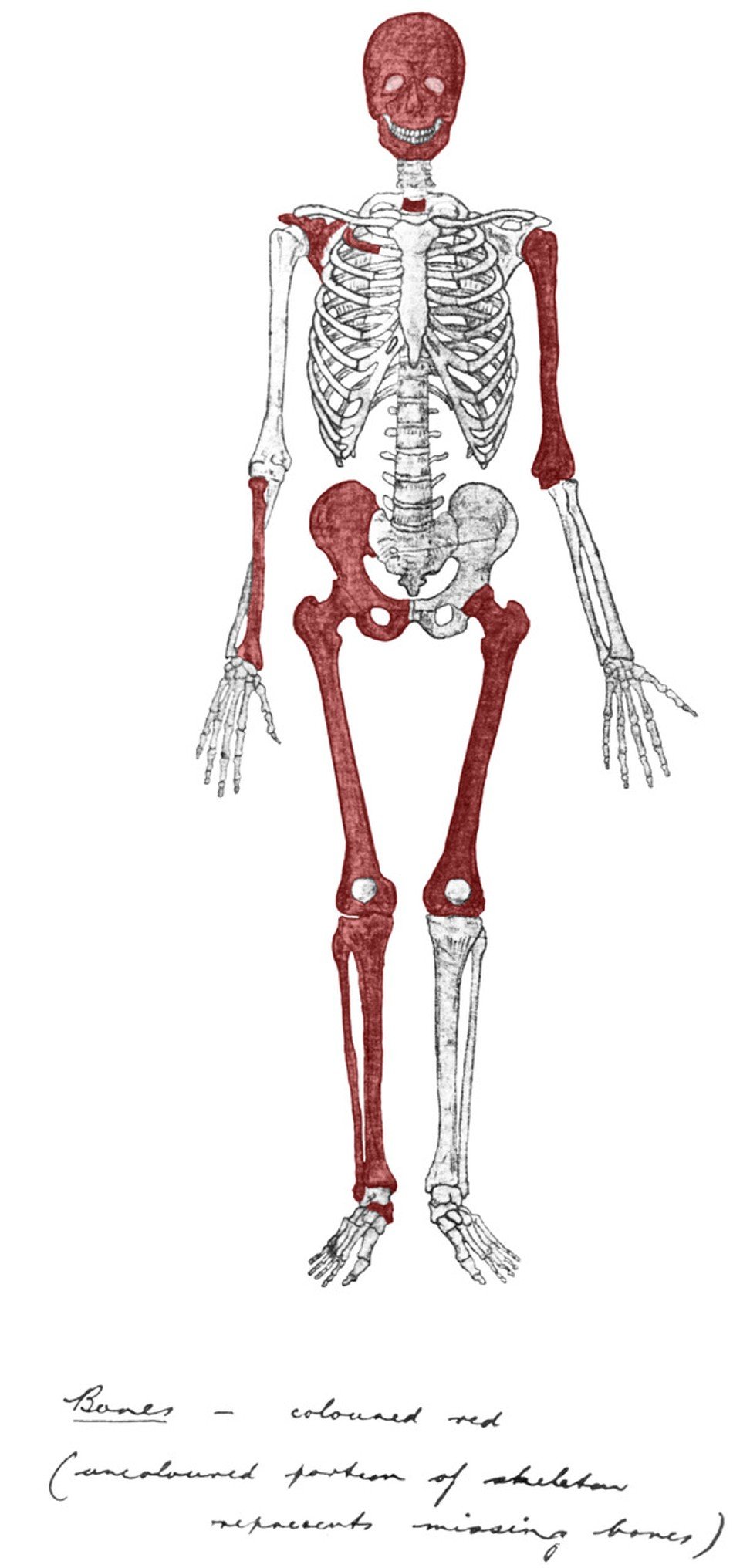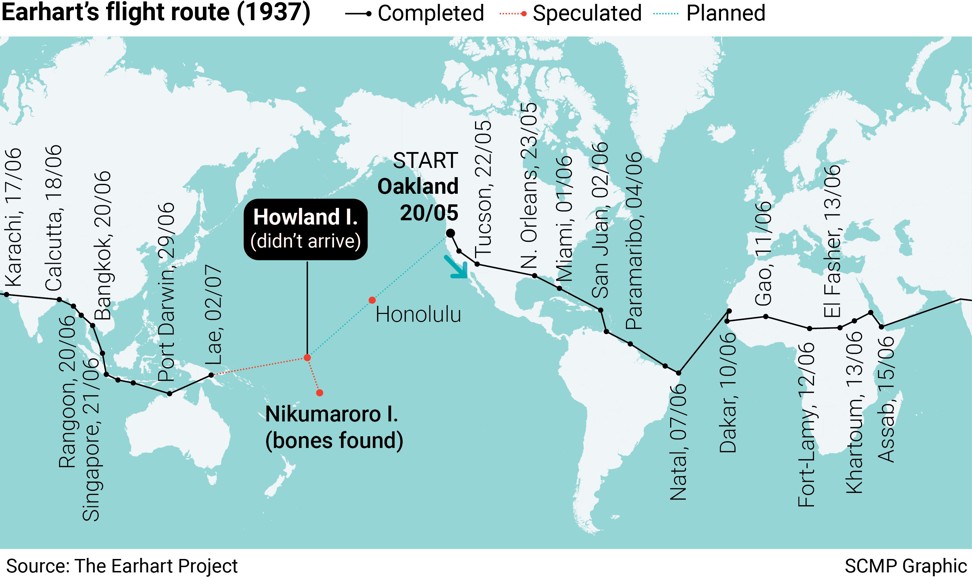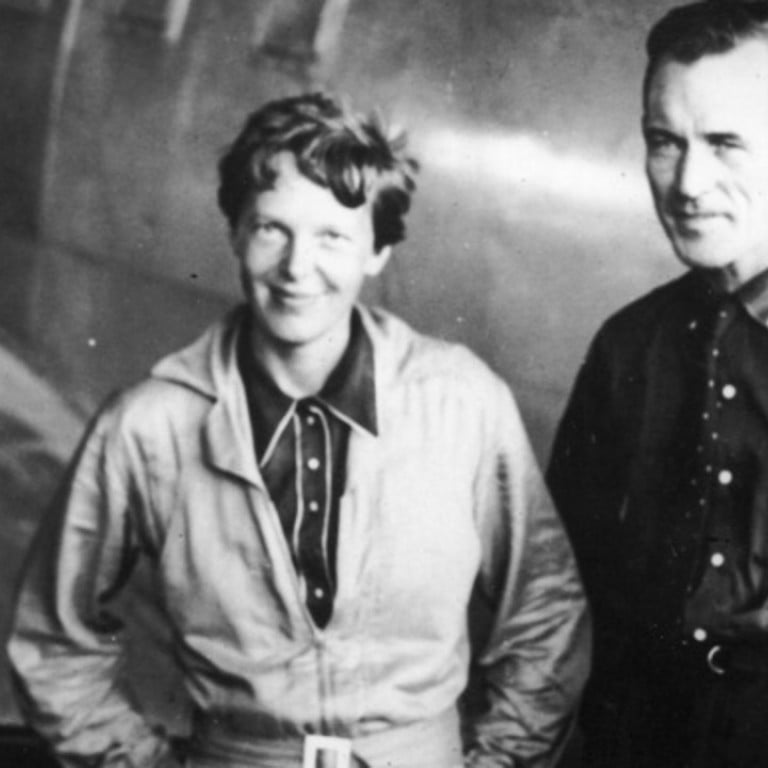
‘99 per cent’ chance Amelia Earhart mystery finally solved – or not, depends on whom you ask
Another look at bones discovered in 1940 leads researchers to declare ‘Until definitive evidence is presented that the remains are not those of Amelia Earhart, the most convincing argument is that they are hers’
A forensic re-examination of bones discovered on the remote Pacific atoll of Nikumaroro in 1940 has offered the best clue yet in solving one of aviation’s great mysteries: where did Amelia Earhart die?
Researchers have determined the bones belonged to a Caucasian female of between 5 feet 6 inches and 5 feet 8 inches tall.
A new study published in the scientific journal Forensic Anthropology compares descriptions and measurement of the bones that were found on the uninhabited atoll – then known as Gardner Island and under British colonial control – and concludes that “Until definitive evidence is presented that the remains are not those of Amelia Earhart, the most convincing argument is that they are hers.”
Back to Burma: How a couple is restoring Myanmar’s colonial past, brick by brick
The research was conducted by Richard L Jantz, a professor emeritus and director emeritus of the University of Tennessee’s Forensic Anthropology Centre, which was set up in 1981 to study the factors that affect human decomposition and which famously became known as “the body farm”.
Dr Jantz, in collaboration with Stephen Ousley, created in 2005 Forsdic, a computer program that estimates gender, ancestry and stature from skeletal measurement. The latest version of the programme is used by virtually every certified forensic anthropologist in the US and many others around the world.
Dr Jantz applied his programme to one of aviation’s most debated mysteries: what happened to Amelia Earhart and her navigator, Fred Noonan, after they took off in 1937 from Lae in Papua New Guinea in a Lockheed Model 10E Special Electra en route for Howland Island?
Flags of our fathers: a Japanese couple’s incredible story
Radio signals indicate that she was very close to her destination, from where she was scheduled to fly on to Hawaii before completing the record-breaking flight circumnavigating the world in California. Cloud cover thwarted her efforts to locate Howland, however, and for many years the accepted wisdom was that the aircraft had simply run out of fuel and crashed into the ocean.
After the end of the second world war, there were numerous reports about the fate of the flight, with several claiming Earhart and Noonan had been captured and executed by the Japanese.

The Delaware-based International Group for Historic Aircraft Recovery (TIGHAR), however, decided in 1988 to re-examine many of the assumptions in the case and has since built up extensive – and convincing – evidence that Earhart and Noonan were able to reach uninhabited Gardner Island and crash land before succumbing to hunger, thirst or injury some time later.
That evidence includes aluminium skin from an aircraft, Plexiglas from a cockpit, a zip made in Pennsylvania in the mid-1930s, a broken pocket knife of the same brand that was listed in an inventory of Earhart’s aircraft and the remains of a 1930s woman’s compact.
Meet the ‘rough country boy’ standing up to US base plans in Japan
The theory is further supported by British colonial records in Fiji – also discovered by TIGHAR – reporting the discovery in 1940 of the partial skeleton of a castaway who perished shortly before settlers were brought to the island. Gerald Gallagher, the colonial officer who initially reported the discovery – along with a woman’s shoe, a sextant box and a Benedictine bottle – even suggested at the time that the might be those of Earhart.
The bones were found in the shade of a tree in a part of the island that fits the description of the “encampment” reported by colonial officials and which TIGHAR has excavated on a number of research trips to the island. The site is dotted with the remains of small fires on which meals of birds, fish, turtle and even rat were cooked.
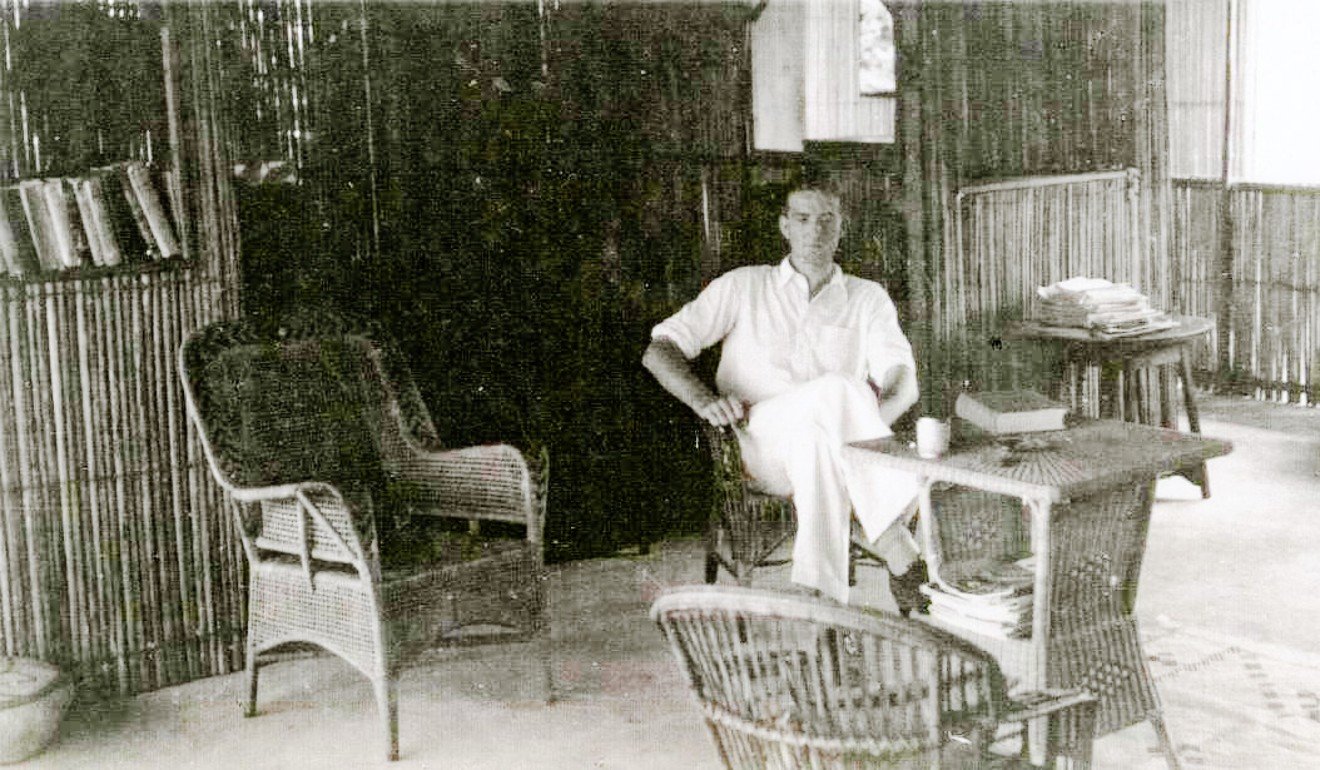
The bones were transported to the regional British headquarters in Fiji and examined in 1941 by Dr David Hoodless, a doctor and anatomy teacher who measured the bones that had been recovered – including a skull, a humerus, radius, tibia fibula and both femora – and concluded that they belonged to a stocky, middle-aged male.
With the bones subsequently lost in the fog of war in the Pacific, Dr Hoodless’ statistics were in 1998 re-examined using late 20th century forensic tools and measurements by Dr Jantz and forensic anthropologist Karen Burns, who determined that Dr Hoodless was using a formula for gender and ethnicity that dated from 1899 and consequently reached a different conclusion. Their findings were that the remains were consistent of a white female of Earhart’s height and ethnic origins.
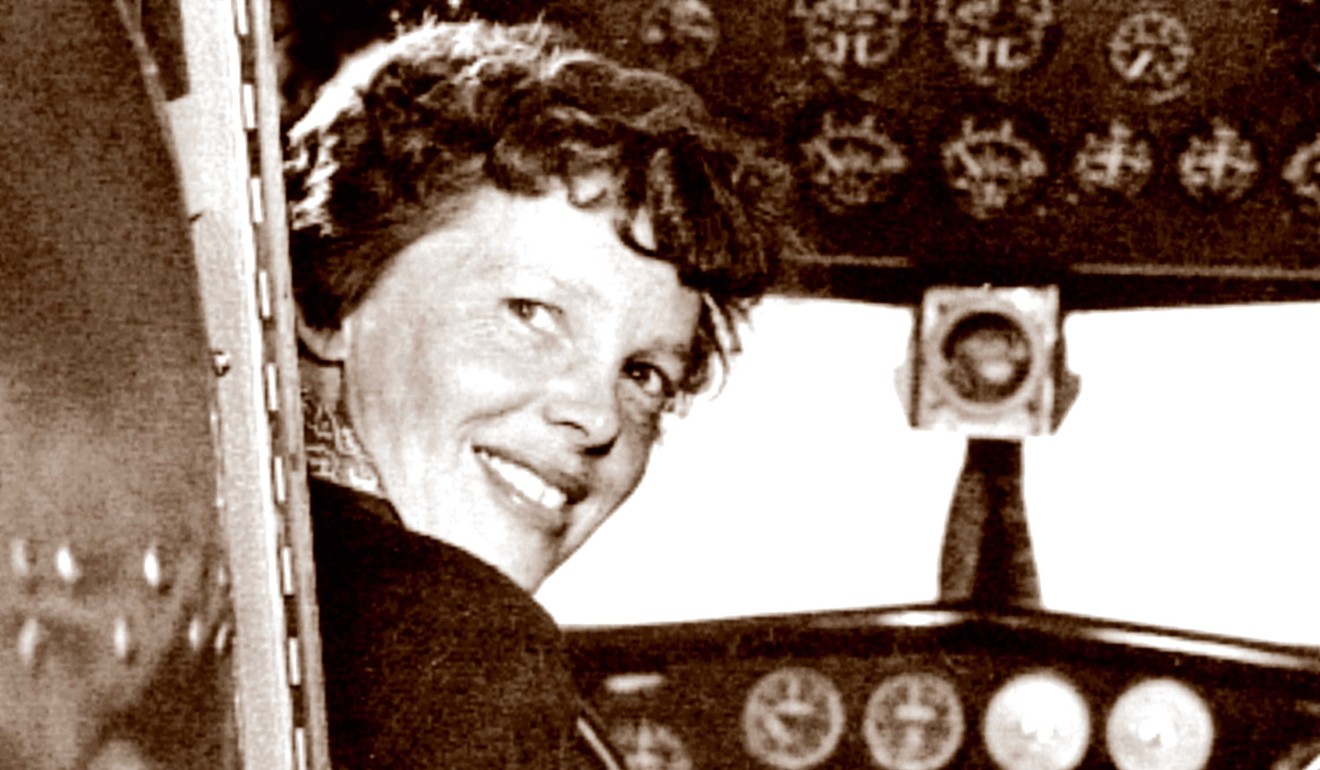
Two anthropologists subsequently took issue with that determination, stating in a paper published in the Journal of Archaeological Science in 2015 that the original 1941 findings were probably more correct because Dr Hoodless had the opportunity to examine the remains first hand.
Dr Jantz began a new quantitative analysis of the bone measurement in 2017, using the latest software and new information about Earhart’s physique obtained from official documents and forensically examined photographs.
Malaysia Airlines flight 370 search: why give hope when there was none?
In his conclusion, Dr Jantz states, “The bones are consistent with Earhart in all respects we know or can reasonably infer.
“Her height is entirely consistent with the bones. The skull measurements are at least suggestive of female. But most convincing is the similarity of the bone lengths to the reconstructed length of Earhart’s bones.
“It is more likely than not that the Nikumaroro bones were (or are, if they still exist) those of Amelia Earhart.”

He also says if they are not the remains of Earhart then they are from “someone very similar to her”.
And Ric Gillespie, executive director of TIGHAR, says there are no absolutely reports of tall, Caucasian women missing in the central Pacific in the late 1930s.
“This finding is extremely important because the conclusions were reached with quantitative, not qualitative, data,” he told This Week In Asia.
Malaysia Airlines flight 370: the conspiracy theories
“If I say I’m 99 per cent sure Amelia Earhart died on Nikumaroro, that’s a qualitative opinion,” he points out. “If somebody else says they are 99 per cent sure she was captured by the Japanese, that’s a qualitative opinion. That’s why the Earhart mystery has endured – opinions differ.
“Dr Jantz’s conclusion is quantitative. It is not an opinion; it is an expression of statistical certainty that should be replicable by any scientist with adequate credentials. The numbers are what they are.
“And now, there is statistically a 99 per cent chance that the castaway on Nikumaroro was Amelia Earhart.”


